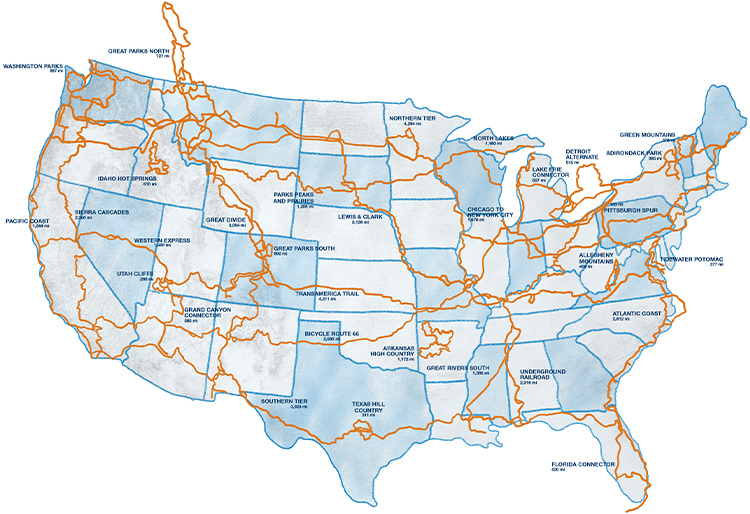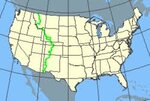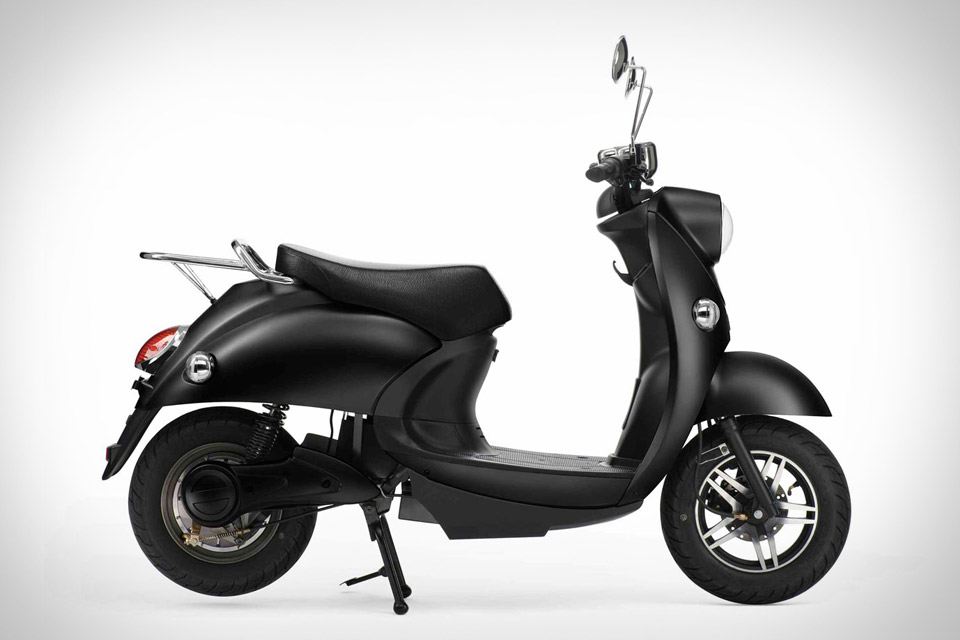Directly on topic. Do you know of a thread function to subordinate discussions? This 3C discussion structure has two joined, subordinate topics, i.e., eBike battery and car electrical system to support eBike charging.
I am designing a 3C system for camper van around an eBike recharging system. Think
Ford for 3C vans. Ultra-fast charging (3C) recharging time is essential to both bike and camper. Please note the J1772 connector has 10 hour recharge time at 1C. Both the eBike and camper are part of the same system. I am thinking from
Tour Divide perspective in CO, at least. Both the eBike and camper need to be functional at high altitude. I want to ride over
100 miles per day.
More maps.
I have been thinking about this for years. Being trapped due to Covid19 has forced a feasibility study. I might desperately need to escape to NM this fall or winter during flu season. March and April were bad enough in Denver.
I reached a conclusion about the
Specialized Creo SL Evo Extender lacking 3C batterypack. The saving grace is the bike does
not require continuous power. That qualifies the Creo as a true hybrid vehicle.
Modular electrical system a la Egoe style (
https://uncrate.com/nestbox-camper-module/ ). Zip tie plastic milk cartons, stacked upon each other.
- Camper designed around electrical system.
MB diesel Sprinter, 4WD (suspect too high for parking entrance)- Toyota Sienna AWD
- Appliances and water accessed from rear door that provides shelter
- Electrical system dictates camper livability. Minimal requirements:
- Subfloor with radiant heater
- Outlets to power electric blanket and appliances
- Lighting in ceiling or walls
- Water heater
- Recharge eBike battery
- Specialized Creo SL Evo does not require continuous power.
- Small electric refrigerator
- J1772 outlets(two to four) to charge camper battery from EV stations in 30 minutes
- 720 aH @ 12v = 60w. 72A ( J1775 80A max), 1C = 10H full charge time. 3C = 2 hours.
- Accessible from rear door to avoid EV station conflict
- How much sailing hardware is appropriate?
- What can I learn from Ford projects?
- Fast charging battery system:
- 540W of solar panels (3)
- 3500W Pure Sin Wave Inverter (2.5 hours of driving to recharge battery)
5kW diesel heater- eBike (2' x 6' x 3.5' space)
- Lighting
- Small induction stove
- Small Microwave
- Refrigerator same dimensions as stove
- Water heater for shower, food prep, constant covid19 hand washing.
- Sound system
- Internet Connection
- Heating, Cooling and Ventilation
- Tradeoff between roof exhaust fan and solar panels
- Carbon monoxide detector




